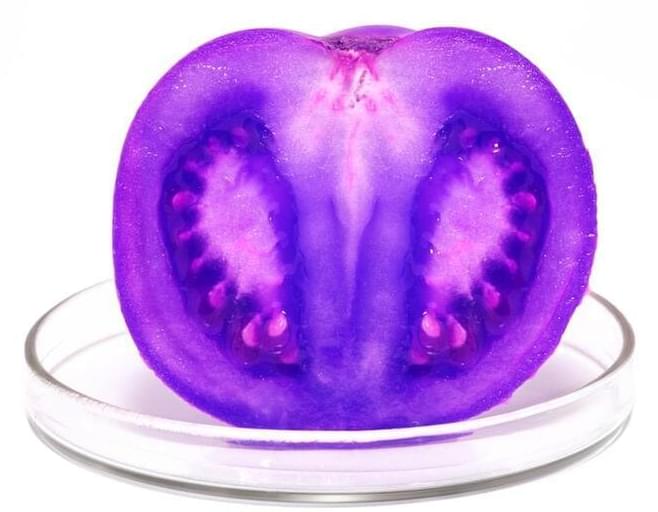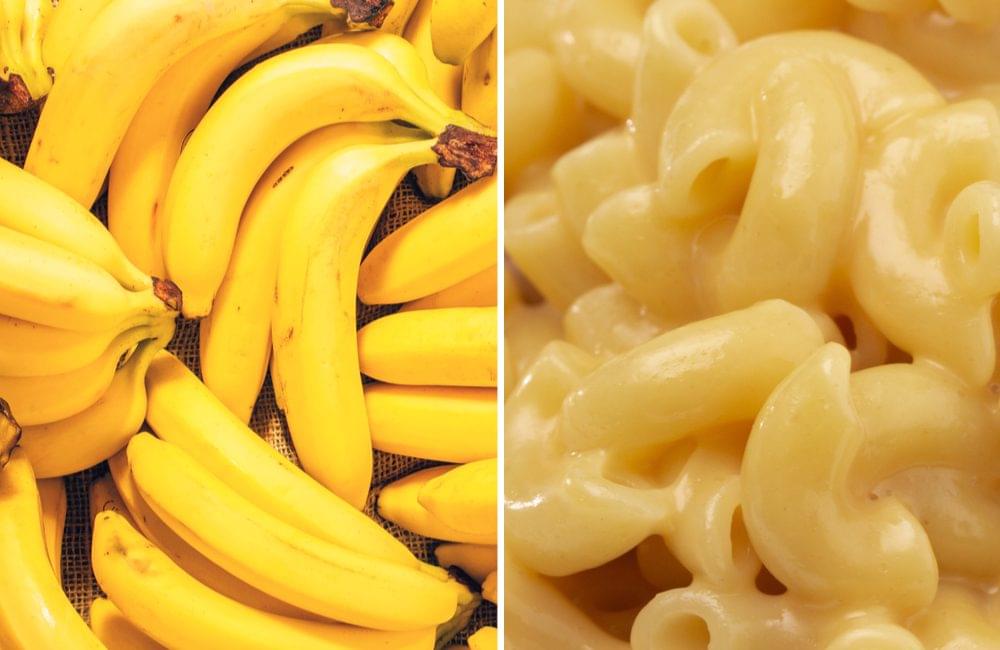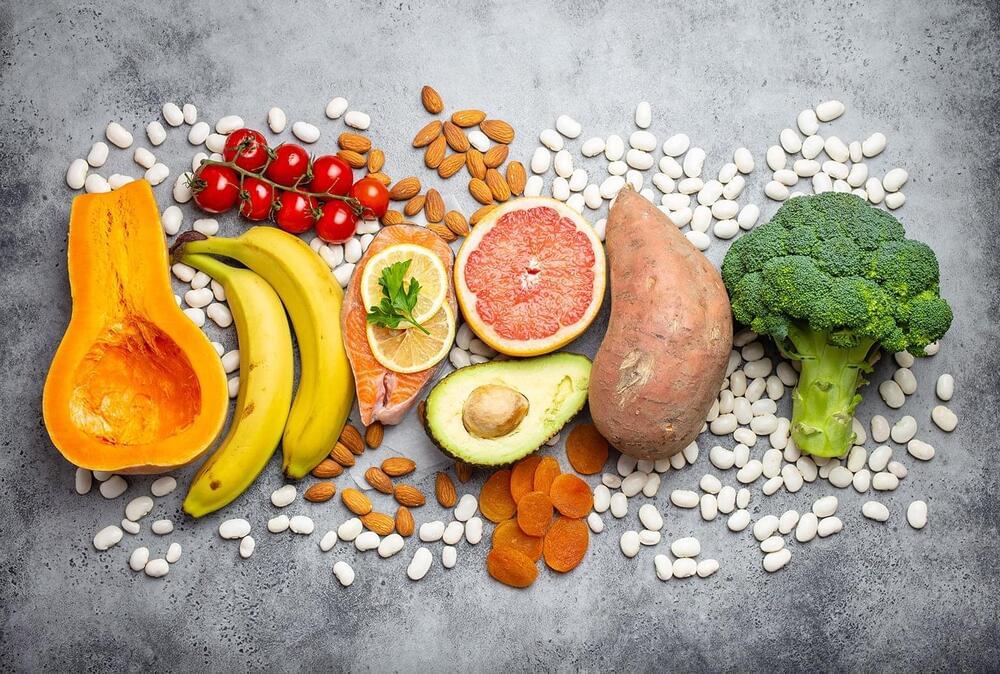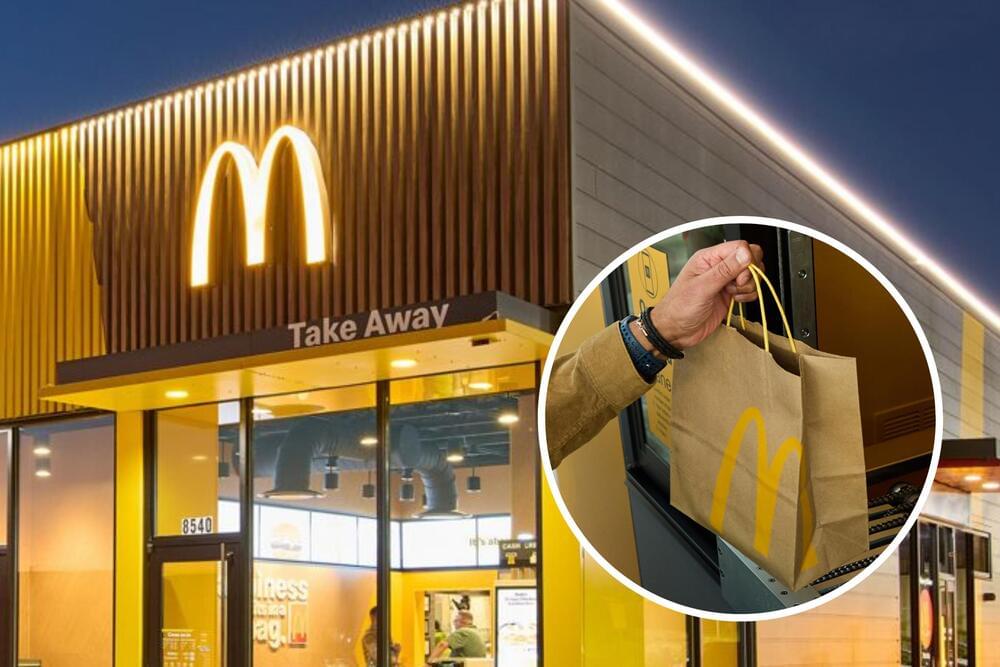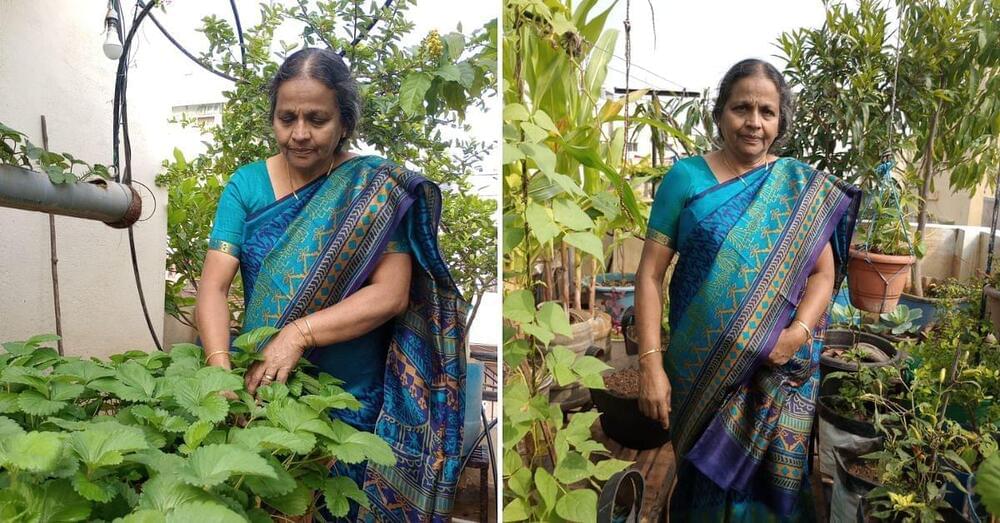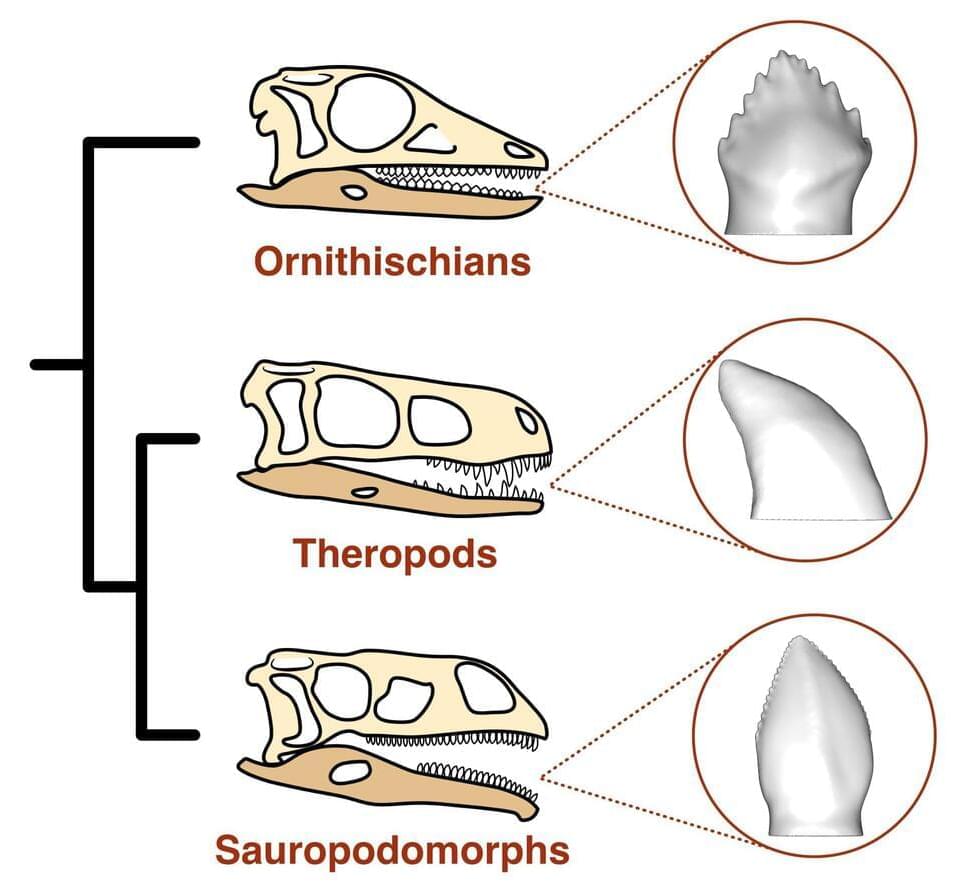Although genetically modified foods still get a bit of a bad rap, there are actually many good reasons why modifying an organism’s genetics may be worthwhile. For example, many breeds of genetically modified foods have made them more resistant to disease.
It’s also possible to modify foods to make them more nutritious. Take, for example, golden rice. This grain was engineered to have higher levels of vitamin A in order to tackle deficiencies of this nutrient in impoverished countries.
A purple tomato, created using genetic modification, may be available to buy in the U.S. as soon as 2023.
